The many faces of Fishermans Bend

A pocket of downtown Melbourne has an extraordinary motorsport and automotive heritage that dates back to the 1930s.
Fishermans Bend may now be home to the Westgate Bridge, but over its journey, the area on the banks of the Yarra River in the suburb of Port Melbourne has played host to multiple important pieces of Australia’s motorsport and motoring history: the Holden factory, an airfield racetrack, and the city’s premier go-kart track.
Motorcycle, car and drag racing have all flourished at Fishermans Bend, an area that is in the midst of a massive sea change.



Before the Aerodrome, the aviation industry and the race track, Holden established its new HQ on the banks of the Yarra River. Images: State Library of Victoria.
General Motors Holden HQ
While Holden has South Australian roots dating back to Adelaide in 1856, by the 1930s, the brand was rapidly growing across the country as automobile uptake gained momentum, with the company outgrowing their previous Victorian facility at nearby City Road, which had served the company since 1926.
In 1935, GMH struck a deal with the Victorian state government to purchase 50 acres of previously Crown Land at Fishermans Bend for the sum of £40,000, or a little over $2 million in today’s money, a certified bargain.
The build of the facility kicked off the next year on the new head office, plus an assembly plant and warehouse to service the Victorian and Tasmanian markets at a cost of £450,000 ($23 million now), one of the largest additions to local industry as the country staggered out of the Great Depression.
Initially producing Oldsmobiles, Vauxhalls and other varieties of GM machinery, subsequent expansions included research and development facilities, which allowed the company to plan for an entirely homegrown car.
However, the outset of war put the plans on hold, with the plant pivoting to support wartime activities.
Producing artillery, tanks, vehicle bodies, aircraft and the associated engines, Holden’s facilities expanded during this period, an action that would have a profoundly positive impact on the business post-war

“Australia’s Own Car”, the 48-215 FX, above, was ultimately launched by Prime Minister Ben Chifley on the 29th of November 1948, and it was a game changer for the brand and the automotive industry in the country.
Complete car assembly came to a close at Fishermans Bend in 1956 when a new facility was established in Dandenong, with the downtown factory switching focus to the manufacturing of engines, transmissions and other componentry.
In 1961, Holden added an additional 36 acres of Crown swamp to its site, which was converted into an additional foundry, while a new engine plant started producing the legendary six-cylinder Red Motor, which morphed through various generations.
By the end of the 1960s, a new V8 engine plant was up and running, which provided a generation of Aussie grunt through to the ultimate importation of V8s in 1999.
The facility was a major driver of trade for Australia, for instance, 80 per cent of the output from the Fishermans Bend Family II engine plant was destined for export markets.
All told, by the final closing of the facility on the 20th of October 2017, Fishermans Bend had produced over 10 million engines in its 69 years since full-scale commissioning.
Subsequent to Holden’s demise in 2020, GMH has completely vacated the area.
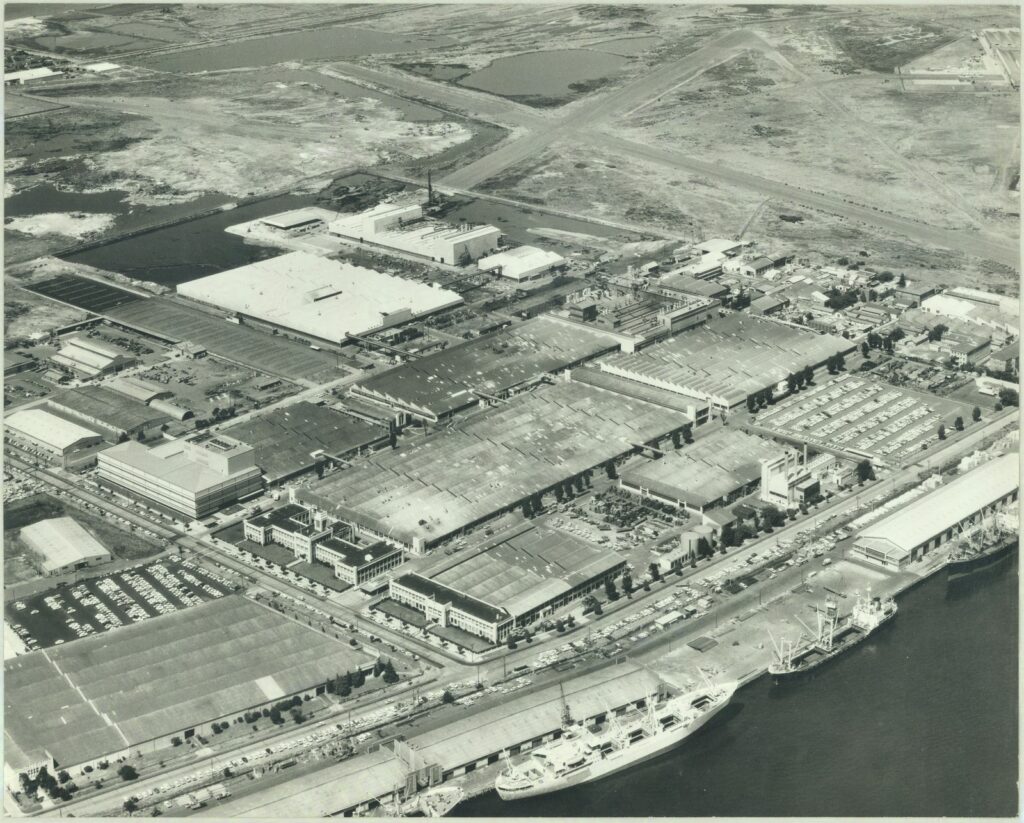
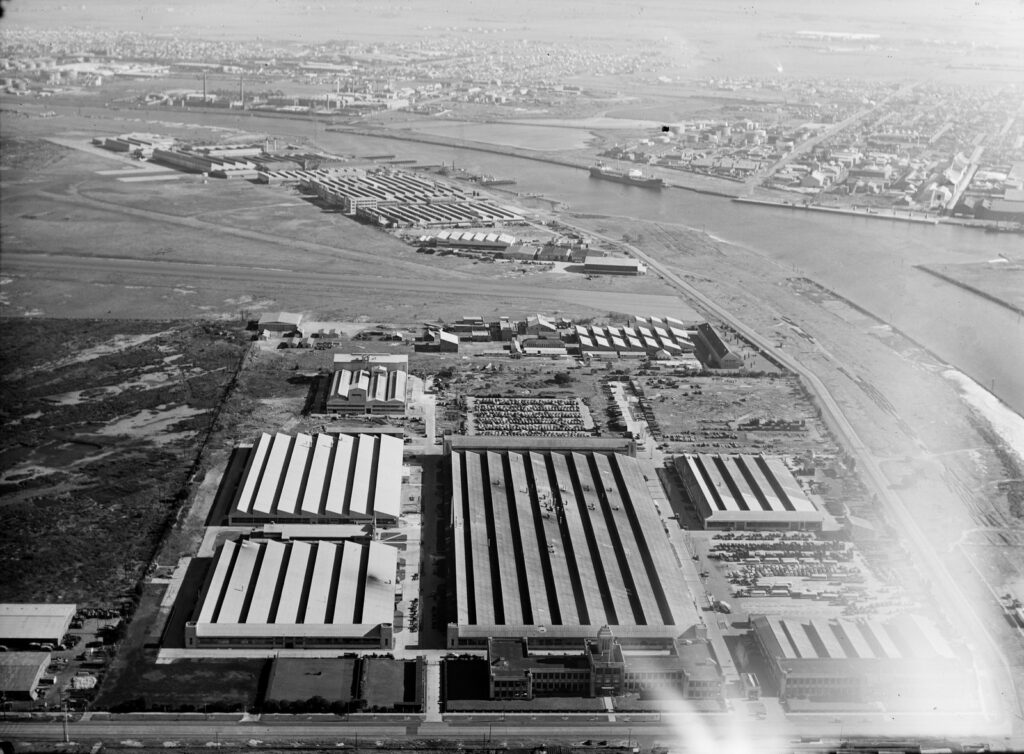

Top: The Holden facility with the Aerodome in the background, below, the aircraft manufacturing facilities backing onto the taxiway that would for a short time be used by the race track. Images: State Library of Victoria.
Fisherman’s Bend Aerodrome
Aviation activities kicked off in Fishermans Bend as far back as 1919, with joy flights offered from near the end of Graham Street, while flying in the area was subject to what is thought to be Australia’s first air crash investigation, after the heel of Miss Jessie Dorman’s shoe jammed, causing a tragic accident in 1922.
By the 1930s, a barebones strip poked out of the swamp to cater for gliding and light aircraft enthusiasts, however, when the Commonwealth Aircraft Corporation (CAC) was set up in the area in 1935, a proper runway system was constructed to support the industry.
The CAC was a private company, with its ownership group featuring firms such as BHP and Holden, with the express purpose of constructing planes to support the war effort.
Subsequently, the Government Aircraft Factories (GAF) was also established in the lead-up to WWII further bolstering the nation’s Defence Force, with the GAF and CAC situated on the western end of Lorimer Street, while the Aeronautical Research Laboratory was located alongside GMH, further to the east off the same road.
Numerous models are reported to have rolled out the various hangar doors, including the Wirraway and Wackett training aircraft, plus the Mustang, Boomerang, the Beauford, the Avro Lincoln, the Tiger Moth, the Canberra bomber, the Winjeel and the Jindavik, with post-war production featuring the Sabre.
There were also significant research and development activities ongoing at the facility, with large-scale production in the area ongoing through to 1960. In the end, the larger runways at Avalon, closer to Geelong, gave manufacturers the required space to operate more modern jet planes.
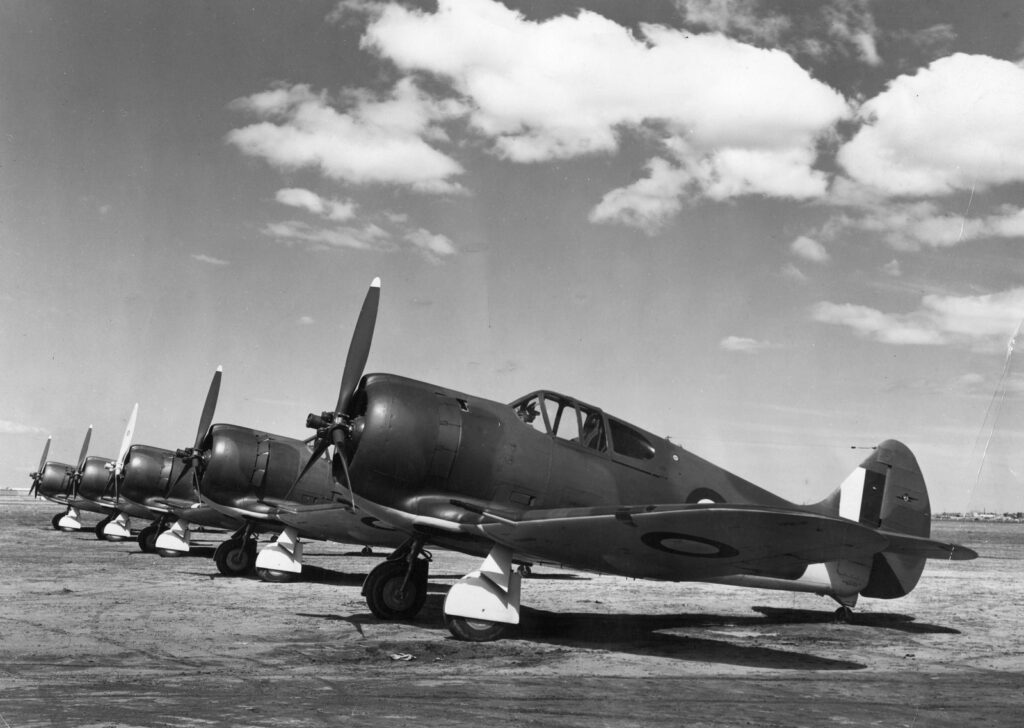
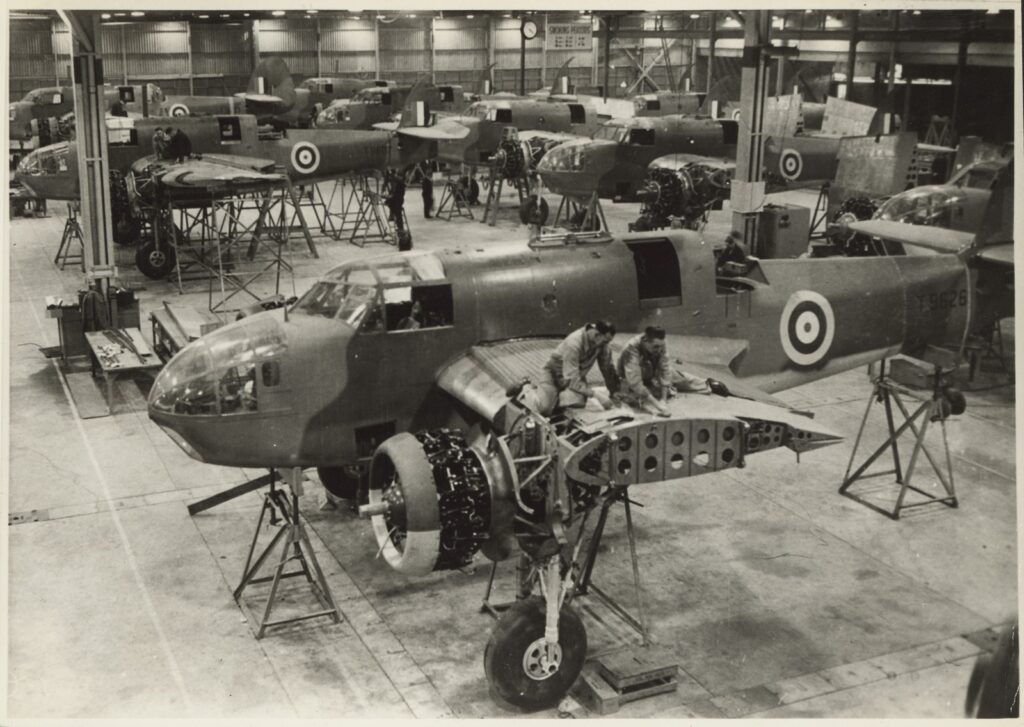
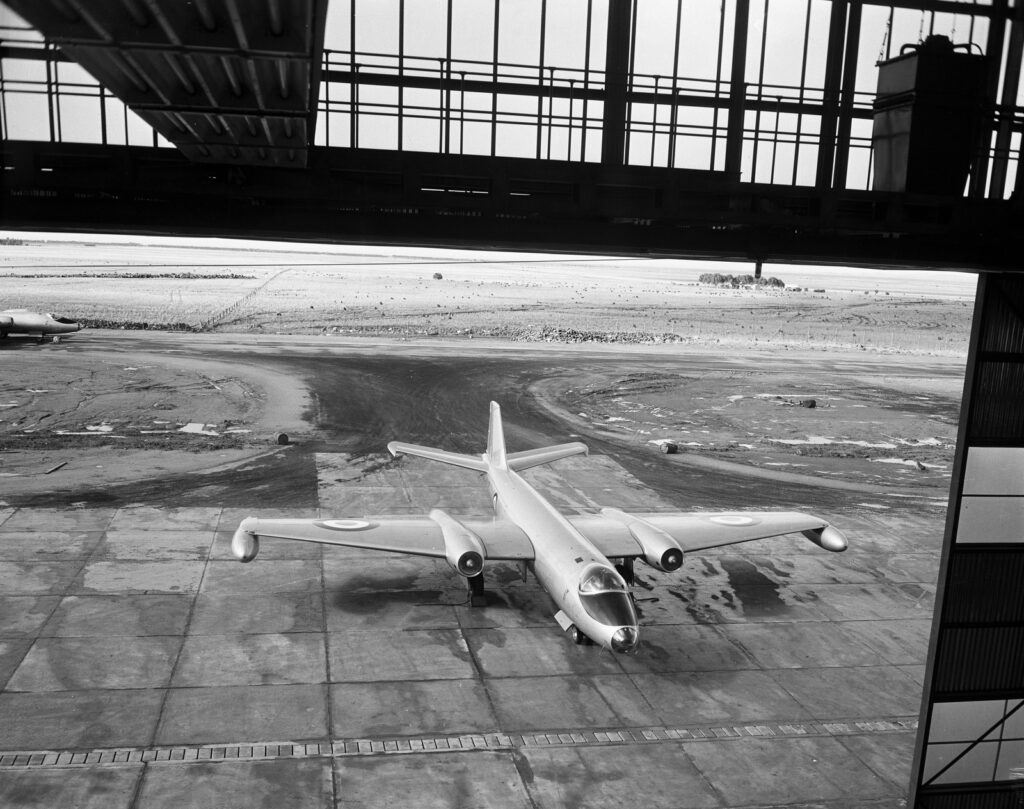
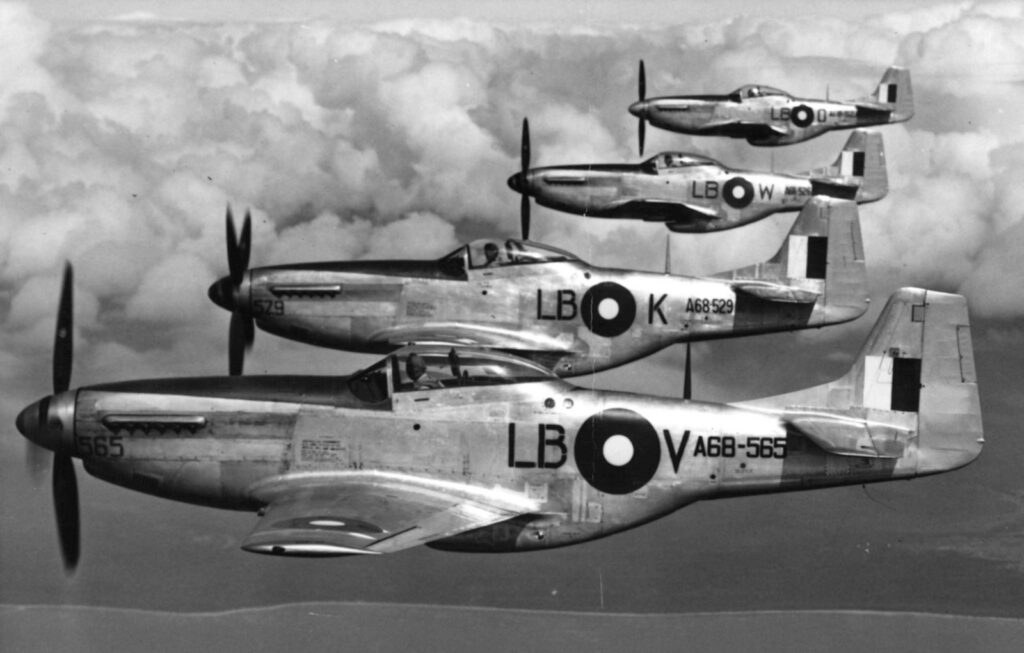
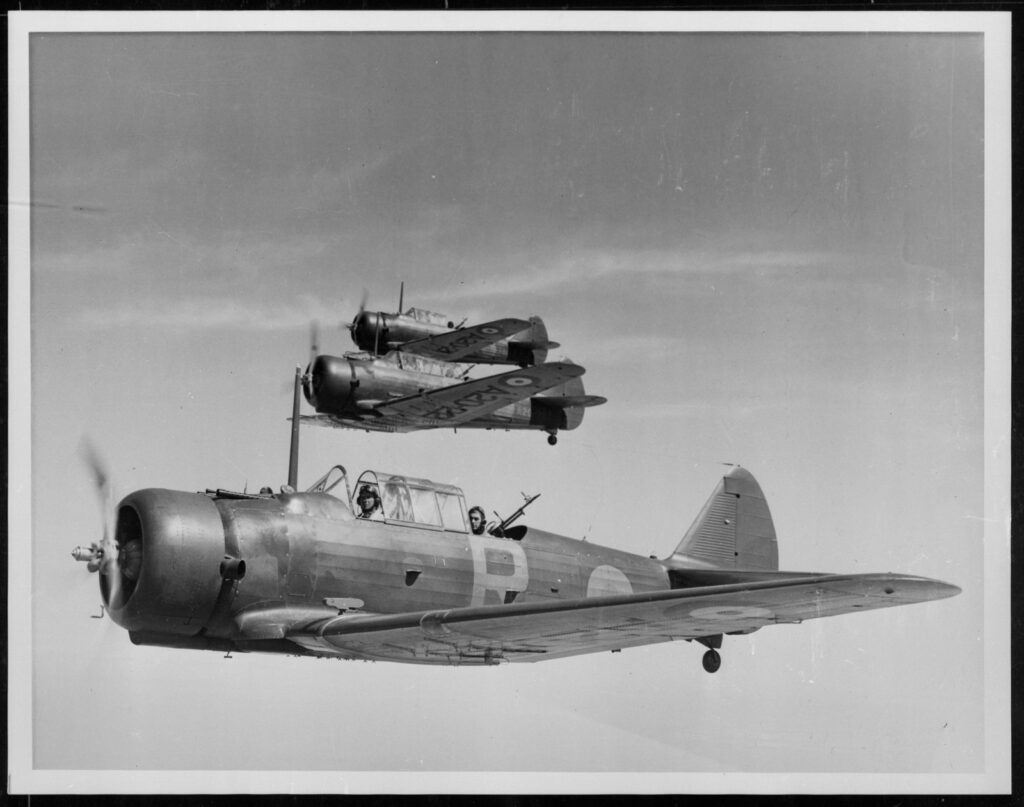
Clockwise from top-left: Boomerangs, Bristols, a Canberra Bomber, Wirraways and Mustangs. Image: State Library of Victoria.
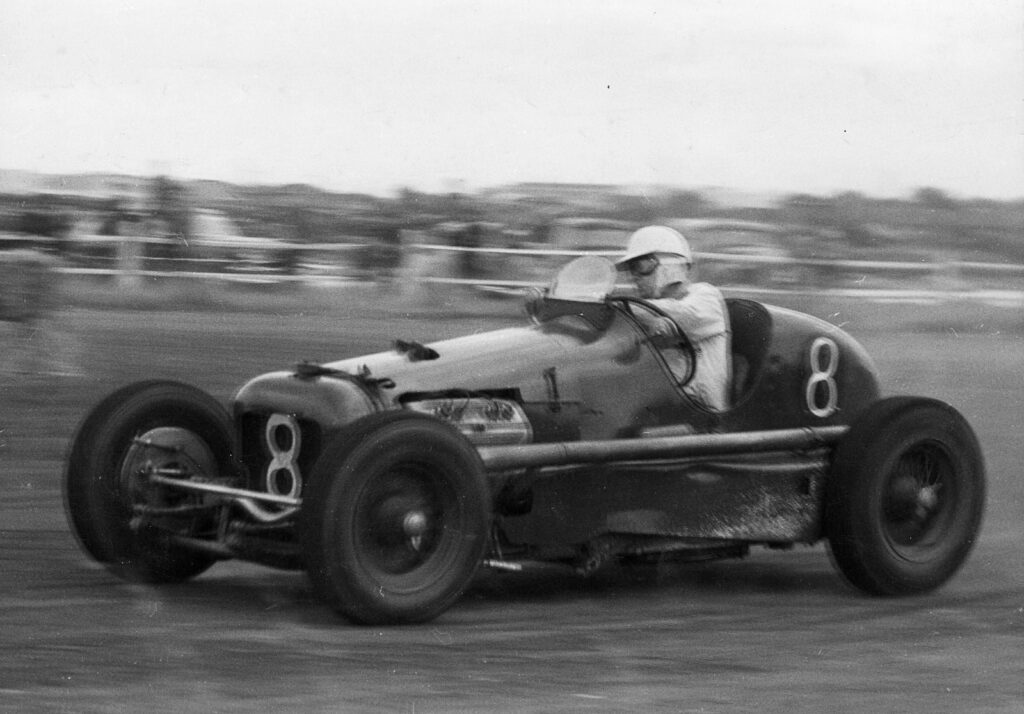



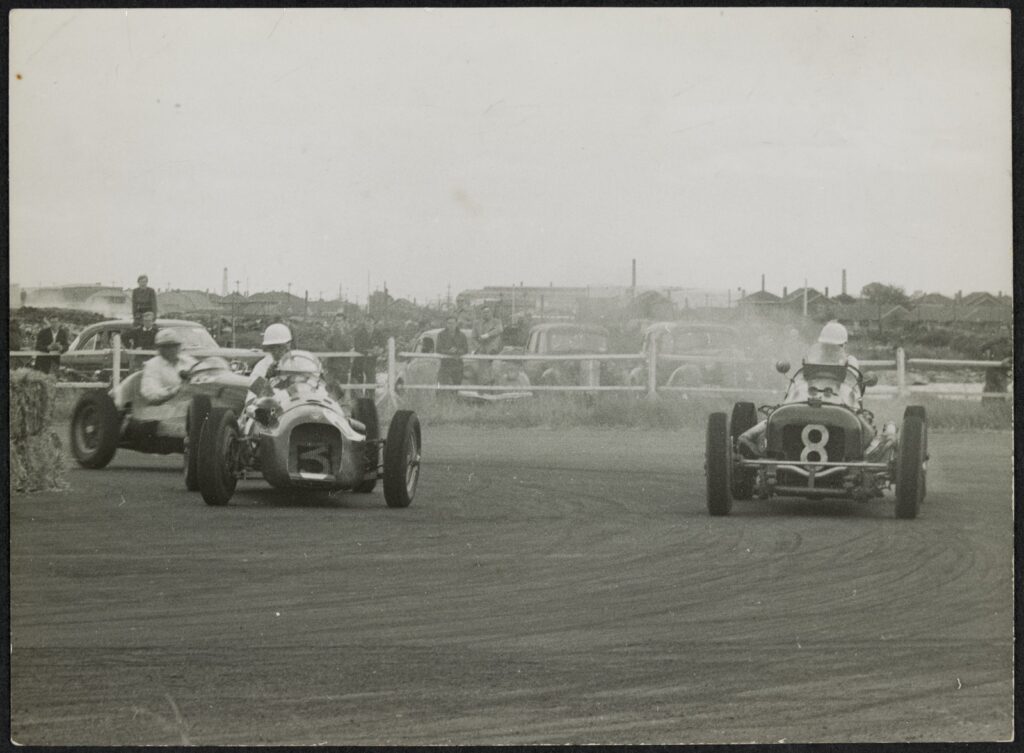
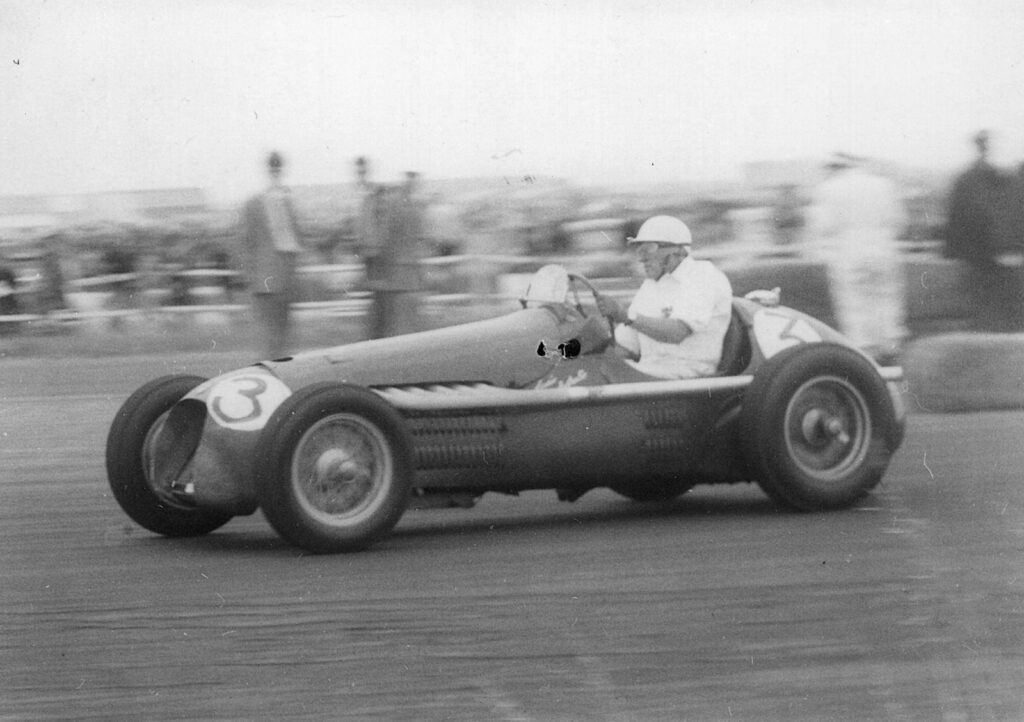




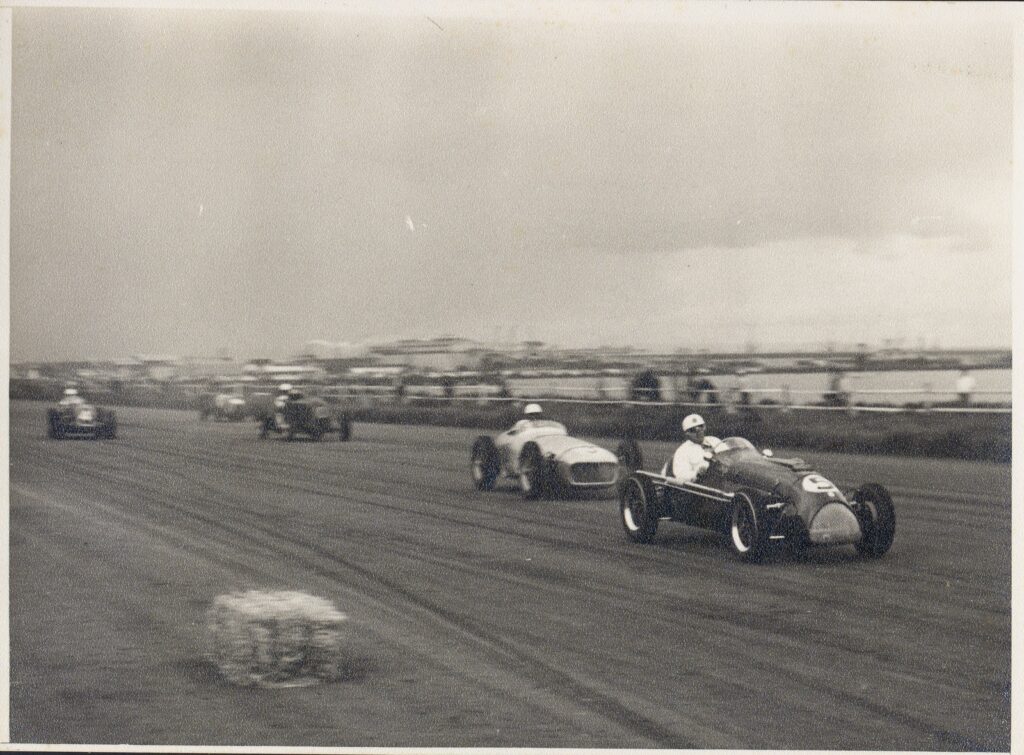


A slice of action from Fishermans Bend. Images: State Library of Victoria.
A racetrack is born
Around Australia, and for that matter the world, post-WWII, the proliferation of surplus airstrips was prime for the picking as potential motorsport venues.
Here previously on The Race Torque, we have scraped the surface on some prominent examples, such as Mallala and Strathpine, and internationally, Sebring and Silverstone.
Some other local examples included Ballarat, Caversham, Gawler, Leyburn, Lowood, Marsden Park, Mooliabeenie, Mount Druitt, Nowra, Pearce, Ringwood, Schofields, and Valleyfield, while Point Cook was host to the Australian Grand Prix in 1948, and it continues as an operational RAAF base to this day.
Elsewhere, civilian or private strips such as Beverley, Busselton, Quorn Hall, Tomago and Wangaratta have hosted races, while even today airfields are used for motorsport, such as at Koralbyn and East Sale.
With Fishermans Bend, Melbourne had an easily accessible central venue, primed to be raced on.
First to use the newfound track were motorcycles in 1948, which were followed by cars the next year.
Competition was held on multiple layouts, originally incorporating the taxiway that ran past the aviation factories, before concentrating on the main runways, with the very temporary nature of the circuit infrastructure meaning that track lengths were typically around the old 2 mile/3.2km length.
Like the nearby Altona Road Circuit, which we recently reported on, race days included a mix of 2+4 configurations and standalone meets, which initially drew significant crowds.
While it was a popular stop on the busy local calendar of events, its basic facilities saw many of the big-ticket meets of the day bypass the venue, while the rough track surface and the growing emergence of more permanent facilities elsewhere in the state, like Phillip Island, Sandown and Calder would conspire to see action move away after May 1960.
In a twist of fate, when circuit racing finished with the runways, drag racing moved in, with Riverside Dragway the focal point of the growing sport from 1962 through to 1966.
Home to the Victorian Hot Rod Association, infrastructure continued to be low-key, with no barriers separating spectators from the action.
The quarter-mile strip hosted the top levels of the day, such as AA class Fuelers and Funny Cars, with quick times coming in at around the 10sec mark, while the venue importantly hosted the first Australian Drag Championship in 1965, a vital cog in the development of the sport locally.
However, dating back to 1957, commerce west of the Yarra had been calling to open up access to the area, which led to an investigation into how to best bridge or tunnel under the river.
Ultimately, the Lower Yarra River Crossing Authority kicked off work in 1965 on the Westgate Bridge project, with borings commencing in 1966 and construction in ’68, before the tragic collapse of the structure in 1970 delayed its final opening until 1978.
To facilitate the eastern approach to the bridge, the southern end of the runway was consumed, with the remaining sections of the old airfield swallowed up by industry and parkland.




A leading karting facility
If ever you’ve driven inbound on the Westgate Bridge and peer down to your left, you can’t help but notice an undulating kart track nestled between the freeway and the industrial blocks.
Earlier this week we covered the 36th City of Melbourne titles, which were contested on the Go Kart Club of Victoria’s Todd Road circuit, otherwise known as the Melbourne International Kart Raceway.
The club’s early days were spent on temporary circuits set up in the southeast of the city, before a more permanent home was founded at Brooklyn, just to the west side of the Westgate Bridge.
The Todd Road venue was officially opened in 1995 by then state premier Jeff Kennett, and has since become a staple of the national karting scene.
The facility features multiple configurations, with the full track measuring just over a kilometre in length.

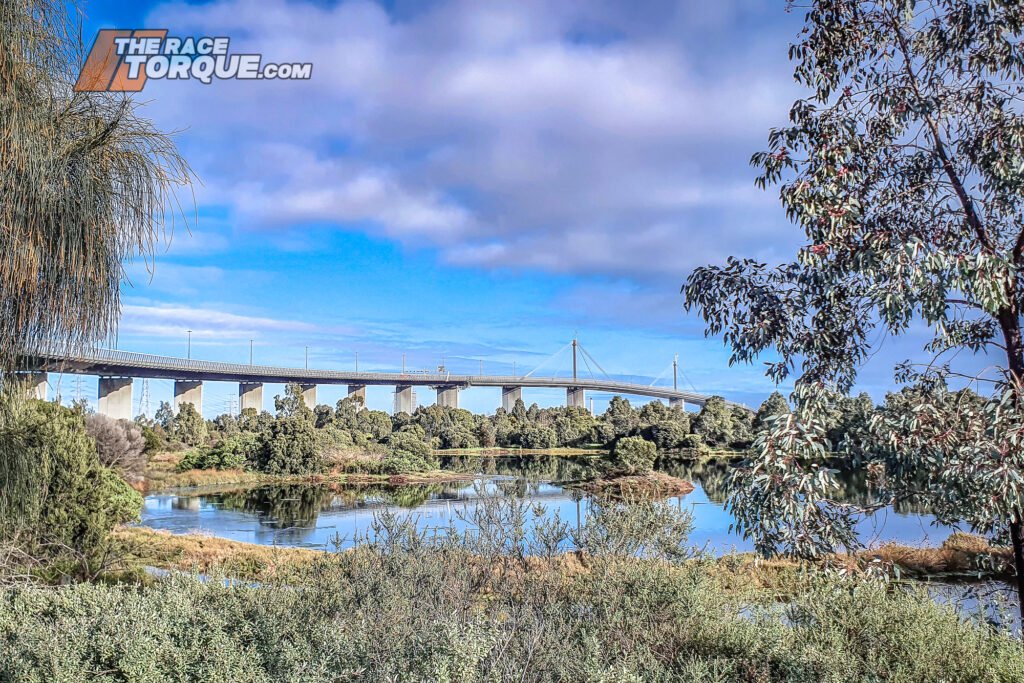
Left: Todd Road today, the former runway which once formed the basis of the race track. Right: Westgate Park, a recovering environment.
Now and the future
There are no visible signs of the old airfield left, although the straight portion of Todd Road sits above what was once the runway north of the freeway, and nearby Wharf Road is said to be built upon the old taxiway.
However, many of the streets of the area bear names that pay homage to its aeronautical roots, including Wirraway, Sabre, Hornet, Mirage, Canberra, Avro Lincoln and more.
There are continual questions asked about the long-term prosperity of the kart track, with a massive urban renewal push coming from both sides, namely Docklands and Port Melbourne.
The entire Fishermans Bend corner of Melbourne used to be unloved, gritty and industrial, but now the streets are increasingly home to factories that are being converted into upmarket abodes, trendy cafes and craft breweries.
Large portions of Fishermans Bend were rezoned to residential use in 2012, while in 2016, the Victorian Government purchased the Holden factory site for $130 million, with a view to creating the Fishermans Bend Innovation Precinct, drawing together advanced manufacturing, engineering and design.
The government has stated that by 2050, Fishermans Bend will be home to approximately 80,000 residents, all with employment available within the locale.
Standing in Westgate Park, adjacent to the kart track, your senses are overcome by the roar from the ten lanes of traffic on the bridge, rather than the scream of nearby race engines.
Despite this, the facility is almost certain only to have a finite life in the long term, which is an incredible shame.
This important piece of motorsport infrastructure still has a lot to give, and carries on the remarkable automotive tradition on the banks of the final curve in the Yarra.







